Surfing Training Session with WOW Facilitator Martin
Words: Fred Murray
In the past, and even present, surf culture there has always been a well-known stigma surrounding surf training and mobility. Over the years, previous surf icons such as Andy Irons, Chris Davidson, Dane Reynolds and Matt Hoy just to name a few were revered for their lacklustre approach towards competitive surfing while turning over results. This casual mindset most likely correlates with the era of surfing where partying came first, surfing came second and competition, the whole reason for traveling the world came somewhere around fifth or sixth.
“In terms of performance, and I think in life as well, one of the most valuable things that can be fully under our control is our attentional focus and our choices, and where we put our attention makes a difference in our choices and the results we get."
Martin at Kirra Beach where he co-facilitates the WOW Program
I recently sat down with Martin Salinas to chat about all things surfing. Martin is a WOW facilitator on the Gold Coast and co-founder of the Surf Pentagon, an educational and training organisation focused on developing all aspects of surfing performance through evidence-informed practices. Currently based in the Gold Coast, Martin is surrounded by a mecca of high performance surfing in possibly one of the most competitive environments in the surfing world. Combining his love of surfing with his passion for sports science, Martin and his business partner, Pere Campistol, took on a far more professional approach to surf training. A common misconception surrounding surf training is that it is only for the pros; however, irrespective of your skill level, the physical demands of surfing are the same. When learning to surf you will require aerobic and anaerobic capacity and upper body strength for paddling, upper body isometric and dynamic strength for the pop-up, and lower body strength and power along with thoracic, hip, and ankle mobility for wave riding. Taking care of all of these aspects with a pinch of patience will definitely make the ride easier.
“Just like rugby players do strengthening at the gym and conditioning in the field, surfers are slowly realising that training has a big potential to enhance their performance and reduce the risk of injury.”
As the capacity of surfing continues to progress in all areas of the sport it is a worthwhile question to ask, why is there still a stigma surrounding surf training? In almost every sport from rugby to tennis, regardless of the level in which you play, as a team member or participant you are expected to have done some sort of training. Martin has noticed a significant shift in the overall mindset of the average surfer.
As more surfers are gravitating towards proper recovery and better nutrition, the stigmatisation around surf training could be a thing of the past, or at least on the Gold Coast. Being a local surfer from Bondi I was ashamed to admit I would feel somewhat embarrassed to be doing a warm up/stretch on the beach before running out for a surf. Regardless of why this pointless stigma exists, the physical warm-up done before a surf has more to do with preparing the surfer's mind and body for the unpredictability of the waves and ocean than the mere act of going through the motions for social media. These physical exercises will strengthen the connection between mind and body, priming the neuromuscular pathways, allowing fluid movements through full range of motion and reducing the likelihood of injuries.
In a sport like surfing there is nothing more important, it may not be for the biggest and strongest, but it is definitely the most technical. Any sport that expects you to hold your breath at random times, perform aerobic exercises, read the ocean with little pattern or predictability, all whilst dealing with fault-finding spectators deserves a merit of training.
“Always be in-tune with your breathing, this allows you to be in the present and ready for whatever comes at you.”
The bottom line is, neglecting to train for surfing ultimately means you're missing out on a wealth of mental wellbeing and performance improvement. From building confidence in the water to improving your overall fitness, training for the activity you love is nothing to be shrugged at. So take the first step in encouraging your mates to get active outside the water while promoting a positive culture surfers can be proud of.
Stay tuned for more exercises and workouts! Take a look at some of Martin's most recommended warmups and dynamic stretches:


